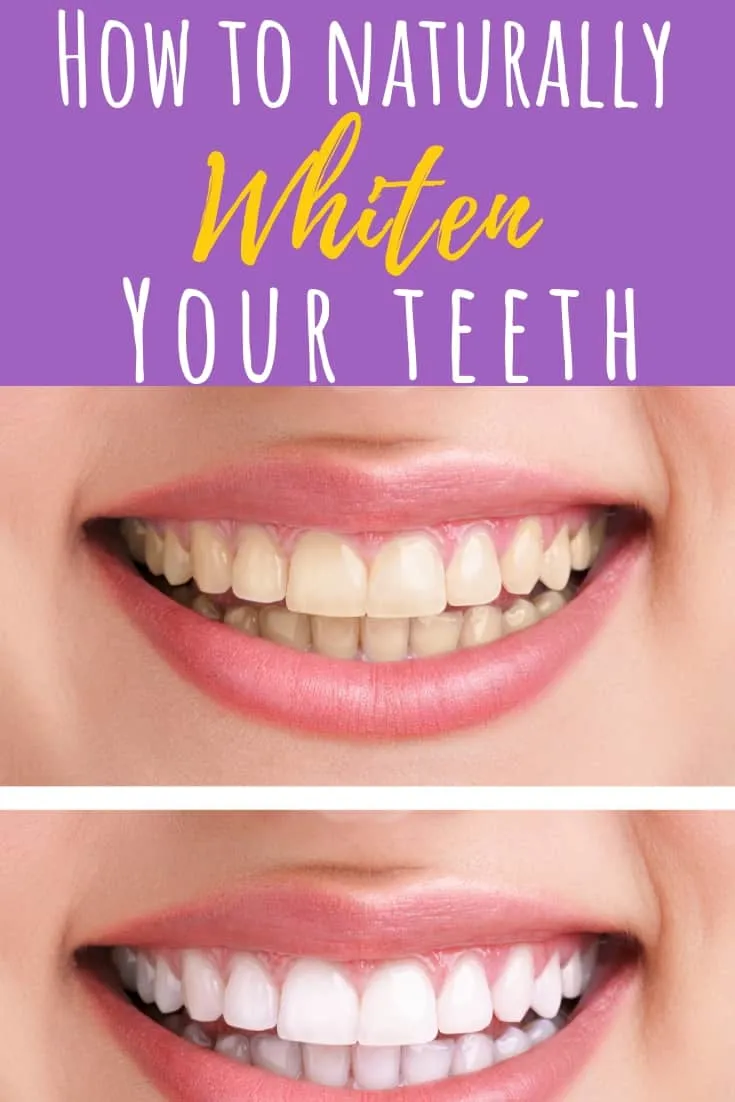What Causes Teeth Discoloration
Understanding the causes of teeth discoloration is the first step towards effective whitening. Several factors contribute to the yellowing or staining of teeth. These include the consumption of staining foods and beverages like coffee, tea, red wine, and berries. Tobacco use, whether smoking or chewing, is a significant culprit, as nicotine and tar readily stain tooth enamel. Aging also plays a role, as the enamel thins over time, revealing the yellowish dentin underneath. Additionally, certain medications, such as tetracycline antibiotics, can cause discoloration, particularly in developing teeth. Genetics and poor oral hygiene also impact the color of your teeth, making them more susceptible to stains and a less bright appearance. Recognizing these factors helps you tailor your approach to teeth whitening for best results. Furthermore, a deeper understanding can aid in preventative measures for maintaining a brighter, healthier smile.
Surface Stains vs Intrinsic Stains
Teeth stains are generally categorized into two types surface stains and intrinsic stains. Surface stains, also known as extrinsic stains, affect the outer layer of the tooth, the enamel. These are typically caused by foods, drinks, and habits that deposit pigments on the tooth’s surface. Surface stains are often easier to remove with over-the-counter whitening products or professional cleaning. Intrinsic stains, on the other hand, originate from within the tooth structure, in the dentin layer. These stains can be caused by factors such as aging, genetics, certain medications, or trauma to the tooth. Intrinsic stains are more challenging to treat and often require more intensive whitening methods or dental procedures. Differentiating between the two types of stains is crucial for selecting the most effective whitening approach.
Why Avoid Baking Soda for Teeth Whitening
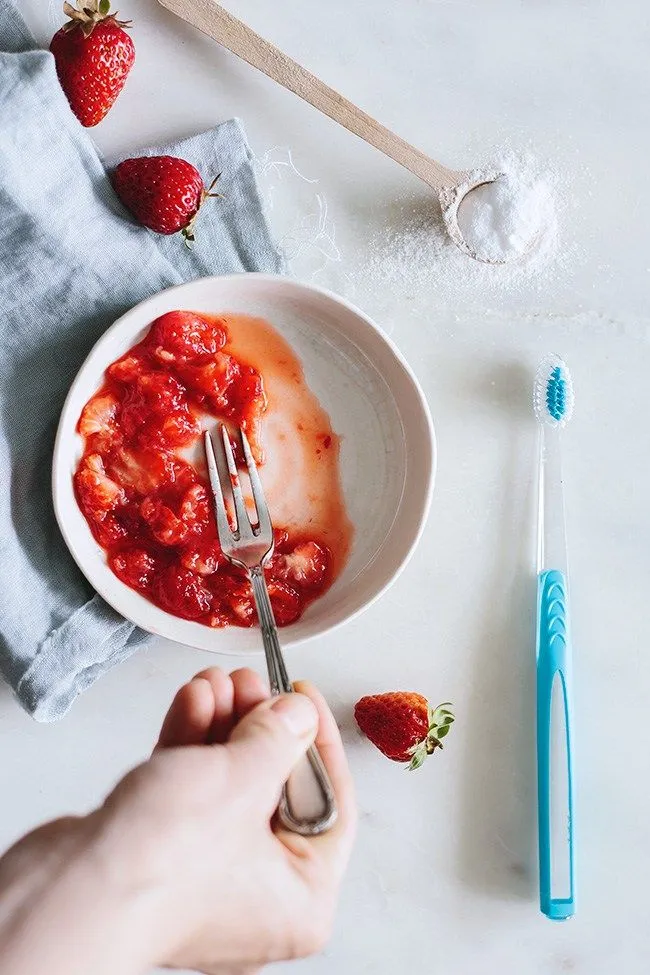
While baking soda is often touted as a natural teeth whitener, it’s essential to understand its limitations and potential drawbacks. Baking soda acts as a mild abrasive, which means it can scrub away surface stains. However, this abrasive action can also wear down the enamel over time. Enamel is the protective outer layer of your teeth, and its erosion can lead to increased sensitivity, making teeth vulnerable to cavities and discoloration. Furthermore, baking soda may not effectively address deeper, intrinsic stains. Its pH level is also a concern; it can disrupt the delicate balance of your mouth, leading to changes in the oral environment. Therefore, using baking soda for teeth whitening is not generally recommended, especially as a long-term solution. Considering the potential damage, exploring safer and more effective whitening methods is advisable for maintaining long-term oral health.
Potential Risks of Baking Soda
The use of baking soda for teeth whitening carries potential risks that should be carefully considered. One primary concern is enamel erosion, as the abrasive nature of baking soda can gradually wear down the tooth’s protective outer layer. This can lead to increased tooth sensitivity to hot and cold foods and drinks. Moreover, as the enamel thins, the underlying dentin becomes more exposed, making teeth appear more yellow. Another potential risk is gum irritation. The gritty texture of baking soda can irritate the gums, leading to inflammation and even bleeding. Over time, this can contribute to gum recession, which can expose the roots of the teeth, increasing sensitivity and the risk of decay. While some individuals may experience minimal effects, it is important to recognize that long-term use of baking soda for teeth whitening can pose these risks and is generally not recommended by dental professionals.
Homemade Teeth Whitening Methods
Several homemade methods can help brighten your teeth, often utilizing ingredients you may already have at home. However, it’s essential to approach these methods with caution and prioritize safety. Before trying any DIY whitening technique, consult your dentist to ensure it’s suitable for your specific oral health needs. The following methods may help to whiten your teeth, but results vary, and they may not be as effective as professional treatments. These include methods such as oil pulling, using hydrogen peroxide, activated charcoal, and fruits. It’s important to note that effectiveness can depend on the type and severity of stains. Always prioritize the health and integrity of your teeth and gums.
Oil Pulling for Teeth Whitening
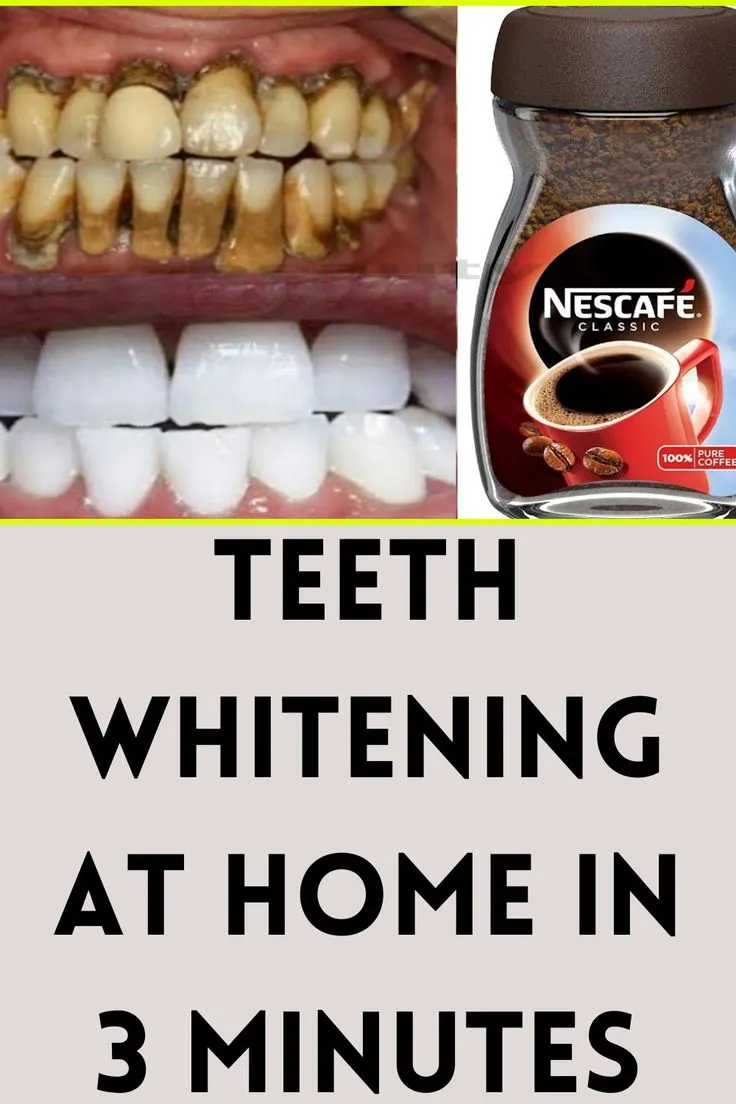
Oil pulling is an ancient Ayurvedic practice that involves swishing oil in your mouth to remove bacteria and toxins. While the primary purpose of oil pulling is oral detoxification, it has also been reported to help whiten teeth. The oil, typically coconut oil, acts as a cleansing agent, potentially removing surface stains. The practice involves swishing a tablespoon of oil in your mouth for 15-20 minutes daily, then spitting it out and rinsing your mouth thoroughly. Although some people report positive results, the scientific evidence supporting oil pulling’s whitening effects is limited. The benefits are thought to come from the oil’s ability to reduce bacteria and the mechanical action of swishing. While it may not provide dramatic whitening, it can contribute to overall oral health. It is a safe addition to your routine, but not a replacement for professional dental care.
How to Oil Pull
Performing oil pulling is relatively straightforward. Start by measuring a tablespoon of coconut oil, sesame oil, or sunflower oil. In the morning, before eating or drinking anything, place the oil in your mouth. Swish the oil gently around your mouth, ensuring it reaches all areas, including between your teeth. Continue swishing for 15–20 minutes. The oil will mix with saliva and become thinner and milky white. After 15–20 minutes, spit the oil into a trash can, not the sink, as it can clog pipes. Rinse your mouth thoroughly with water, and then brush your teeth as usual. For optimal results, make oil pulling a daily habit. It’s essential to note that oil pulling should complement, not replace, regular oral hygiene practices, including brushing, flossing, and dental check-ups.
Whitening with Hydrogen Peroxide
Hydrogen peroxide is a mild bleaching agent that can help whiten teeth. It works by oxidizing the stains on your teeth, making them appear brighter. You can use hydrogen peroxide in several ways for teeth whitening. One method involves mixing a small amount of 3% hydrogen peroxide with baking soda to create a paste and brushing your teeth with it. However, use this method sparingly due to the abrasive nature of baking soda. Another approach is to rinse your mouth with a diluted solution of hydrogen peroxide (3%) for about a minute, and then rinse with water. It’s important to note that concentrated hydrogen peroxide can irritate the gums and cause sensitivity, so always use diluted solutions and avoid swallowing it. While hydrogen peroxide can be effective for whitening, it’s essential to use it cautiously and consult your dentist before using it regularly.
Hydrogen Peroxide Use
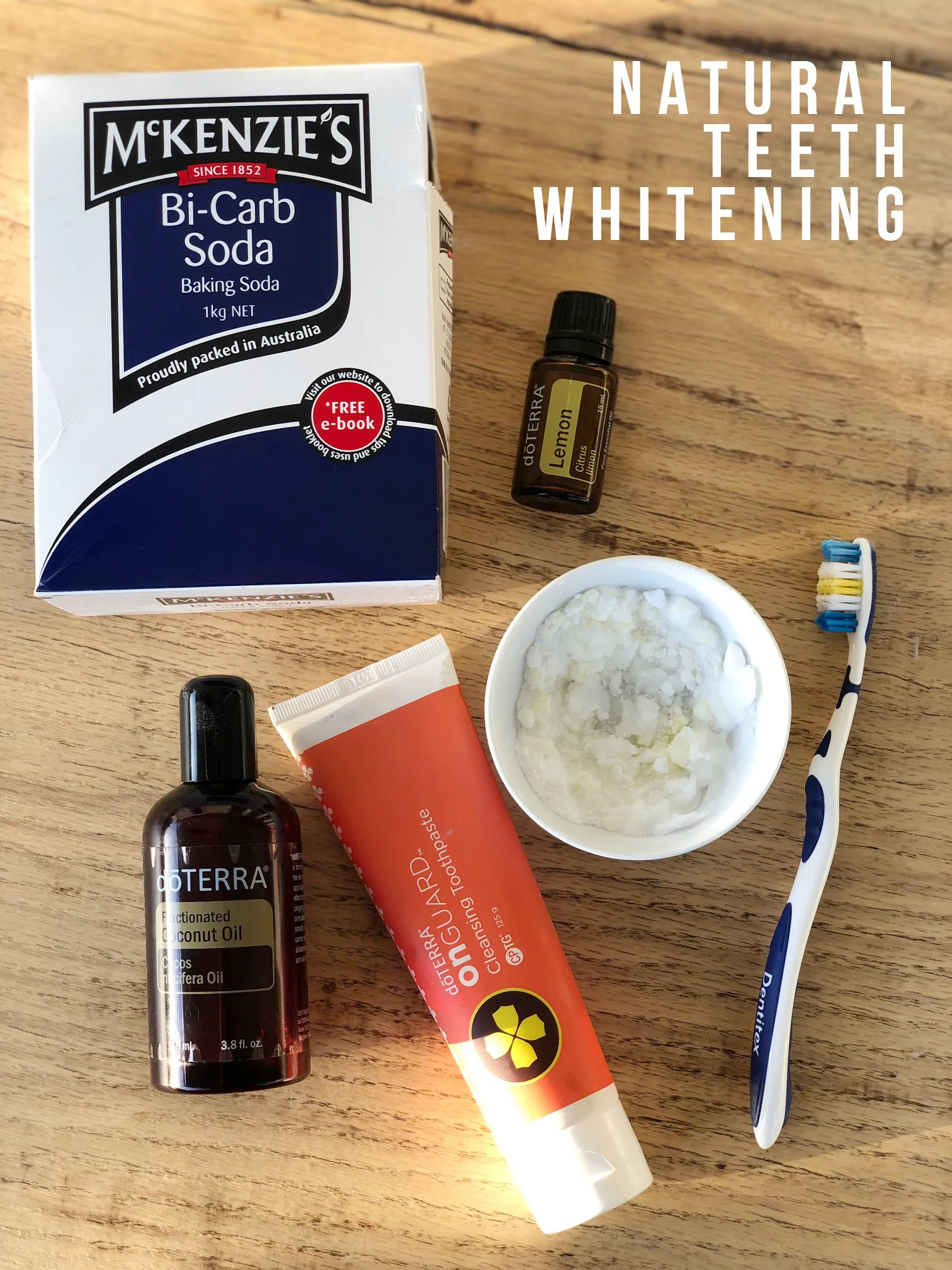
When using hydrogen peroxide for teeth whitening, safety and caution are paramount. Always use 3% hydrogen peroxide, which is the concentration typically found in pharmacies. Avoid using higher concentrations, as they can cause significant damage to your gums and enamel. If you’re using a mouth rinse, dilute the hydrogen peroxide with an equal amount of water. Swish the diluted solution in your mouth for no more than one minute, making sure not to swallow it. After rinsing, thoroughly rinse your mouth with water. Another method is to mix a small amount of 3% hydrogen peroxide with water to form a paste. Brush your teeth gently with this paste for a short duration. It’s crucial to avoid using hydrogen peroxide frequently, as it can erode tooth enamel and lead to sensitivity. Consult your dentist for guidance on safe and effective usage.
Whitening with Activated Charcoal
Activated charcoal is a fine black powder made from various materials, such as coconut shells or wood, that have been treated to increase their absorbency. It has become a popular remedy for teeth whitening due to its ability to bind to stains and remove them from the tooth surface. The porous structure of activated charcoal helps to trap impurities. To use activated charcoal, dip a wet toothbrush into the powder and gently brush your teeth for about two minutes. Rinse thoroughly with water afterward. While some people report positive results, the scientific evidence supporting its effectiveness is limited. Its abrasive nature is a concern, which may lead to enamel wear if used excessively. It is important to approach this method with caution and be mindful of its potential impact on dental health.
Using Activated Charcoal Safely
When using activated charcoal for teeth whitening, it’s essential to prioritize safety. Always use food-grade activated charcoal to ensure it’s free from harmful additives. Brush your teeth gently to avoid abrasive damage to the enamel. Avoid brushing too vigorously or for extended periods. Use the activated charcoal sparingly, perhaps once or twice a week, to minimize the risk of enamel erosion. After brushing, rinse your mouth thoroughly with water to remove any remaining charcoal particles. Be aware that activated charcoal can be messy, as it can stain clothing and surfaces. If you experience any increased sensitivity, gum irritation, or other adverse effects, discontinue use immediately and consult your dentist. While activated charcoal may provide some whitening benefits, it should be used cautiously and as part of a comprehensive oral hygiene routine.
Whitening with Fruits
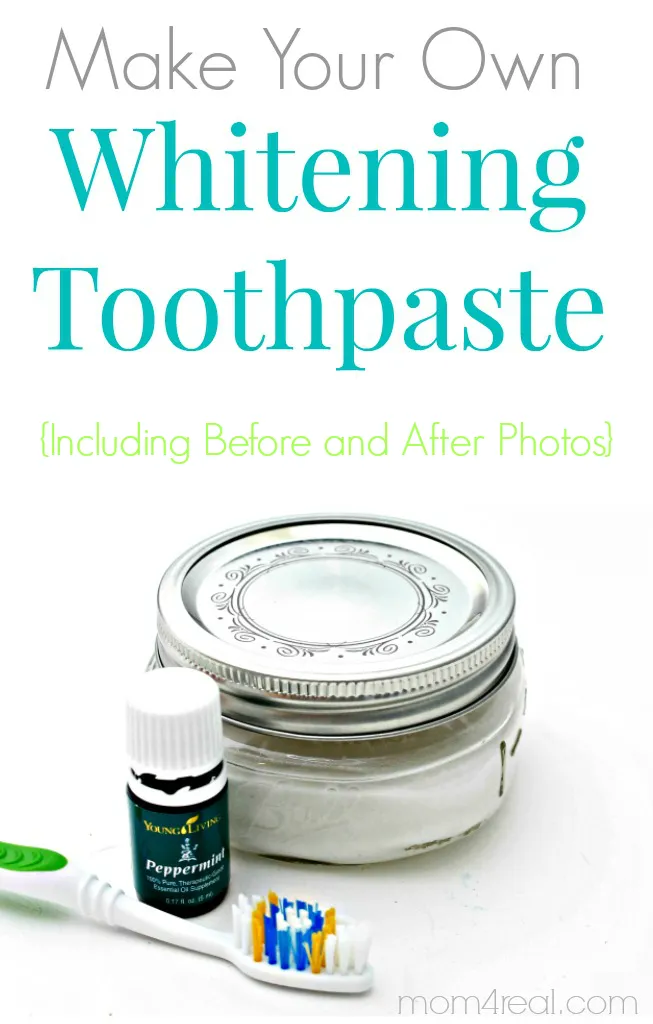
Certain fruits contain enzymes and acids that may help to whiten teeth. Some popular choices include strawberries and lemons. Strawberries contain malic acid, which acts as a natural astringent and can help remove surface stains. Lemons are rich in citric acid, which has a bleaching effect. However, it is crucial to use these fruits cautiously. Overuse of acidic fruits can erode tooth enamel, leading to increased sensitivity and a greater risk of decay. The effectiveness of fruit-based whitening methods is limited compared to professional treatments. While they may help to remove minor surface stains, they are not a substitute for professional dental care or more powerful whitening agents. Always rinse your mouth with water after using fruits on your teeth to neutralize the acids and protect your enamel.
Using Lemon or Strawberry
When using lemon or strawberry for teeth whitening, it’s crucial to take precautions. For strawberries, mash a fresh strawberry into a paste and apply it to your teeth for a few minutes, then rinse thoroughly. For lemon, you can either rub a lemon wedge on your teeth or mix lemon juice with baking soda to create a paste. It is essential to avoid using lemon frequently due to its high acidity. Always rinse your mouth with water after applying lemon or strawberry to neutralize the acids and protect your enamel. Consider using these methods only occasionally, and not as a regular part of your oral hygiene routine. If you experience any tooth sensitivity or gum irritation, discontinue use and consult your dentist.
Maintaining Your White Smile
Maintaining a white smile requires a comprehensive approach that goes beyond teeth whitening treatments. Regular oral hygiene practices are fundamental. This includes brushing your teeth twice daily with fluoride toothpaste, flossing daily to remove plaque and food particles, and using an antibacterial mouthwash. Limiting the consumption of staining foods and beverages, such as coffee, tea, red wine, and dark-colored berries, can significantly help. Avoiding tobacco products is also crucial. Regular dental check-ups and professional cleanings are essential for removing plaque and tartar and preventing staining. Considering these practices helps you sustain your bright smile long after teeth whitening treatments, ensuring a healthy and confident grin for years.
Oral Hygiene Essentials
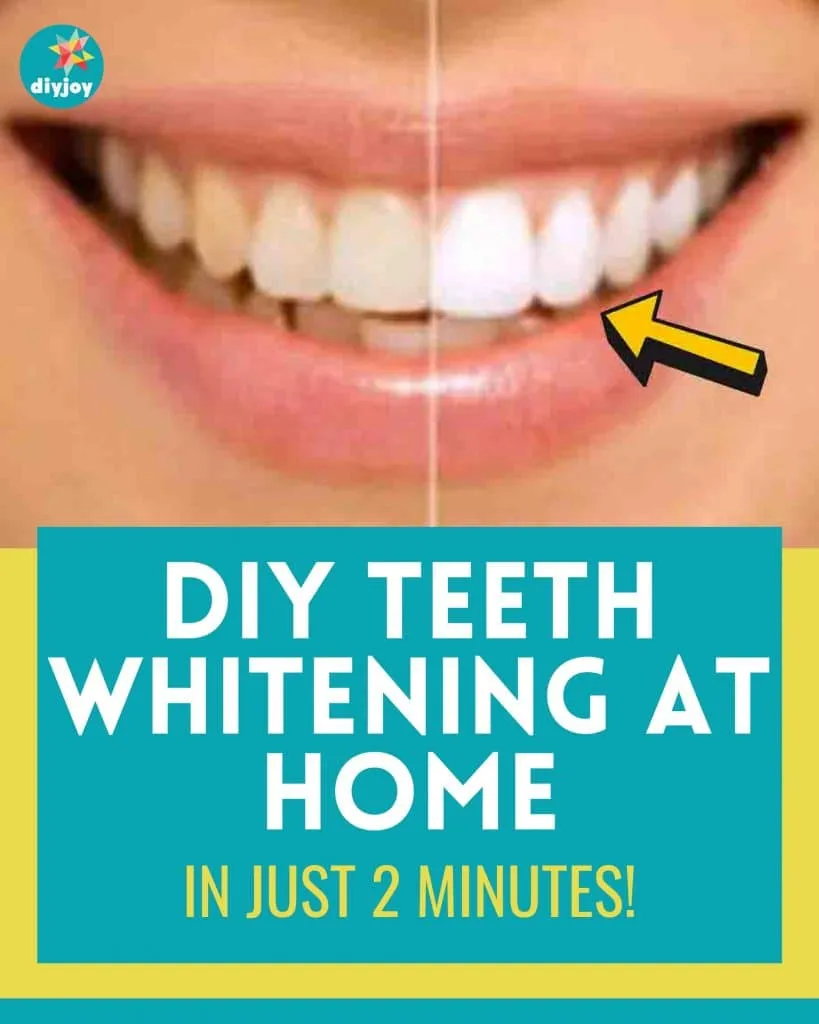
Essential oral hygiene practices are the foundation of a healthy and bright smile. Brushing your teeth at least twice a day, for two minutes each time, is crucial. Using fluoride toothpaste is recommended for its cavity-fighting properties. Flossing daily is equally important, as it removes plaque and food particles from between your teeth, where a toothbrush can’t reach. An antibacterial mouthwash can further reduce bacteria in your mouth and freshen your breath. Regular dental check-ups and professional cleanings are vital for removing plaque and tartar buildup and addressing any dental issues early on. Consider the use of a tongue scraper to remove bacteria. These essential habits, when performed consistently, contribute to maintaining a healthy mouth, preventing stains, and preserving the results of any teeth whitening treatments.
Professional Teeth Whitening Options
Professional teeth whitening offers more effective and safer solutions. Dentists can provide in-office whitening treatments, which use high-concentration bleaching agents under controlled conditions. These treatments typically yield dramatic results in a single visit. Another option is take-home whitening kits provided by your dentist. These kits include custom-fitted trays and professional-strength bleaching gel. Your dentist will provide instructions and monitor your progress. Professional whitening treatments are generally more effective and safer than DIY methods because dentists can assess your oral health and address any underlying issues. Moreover, they use stronger and more effective bleaching agents while minimizing the risk of damage to your teeth and gums. Consult with your dentist to determine the best professional teeth whitening option for your needs and to ensure the long-term health and beauty of your smile.
